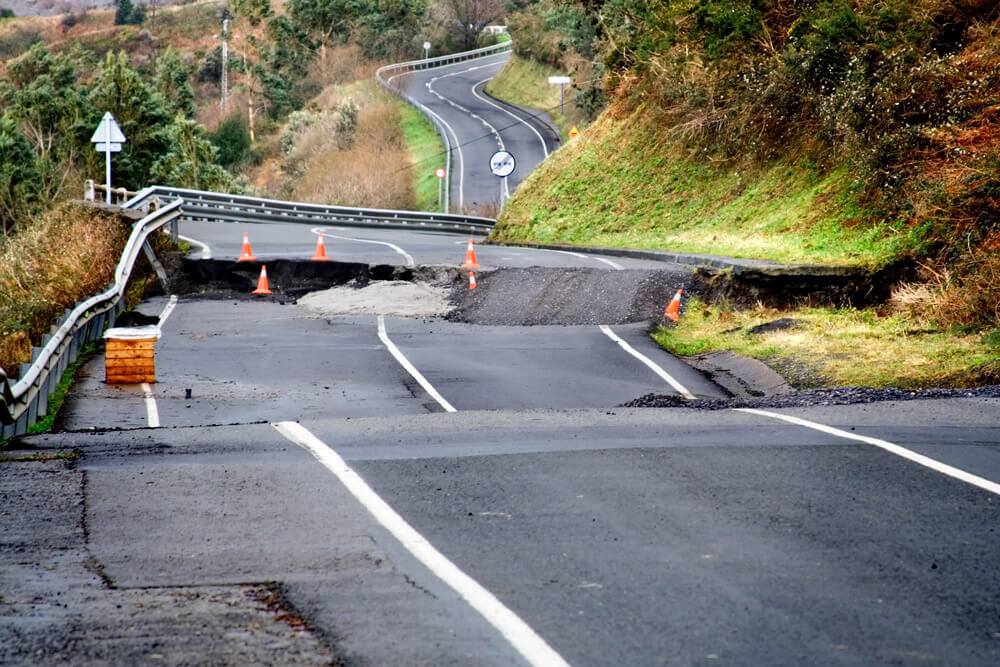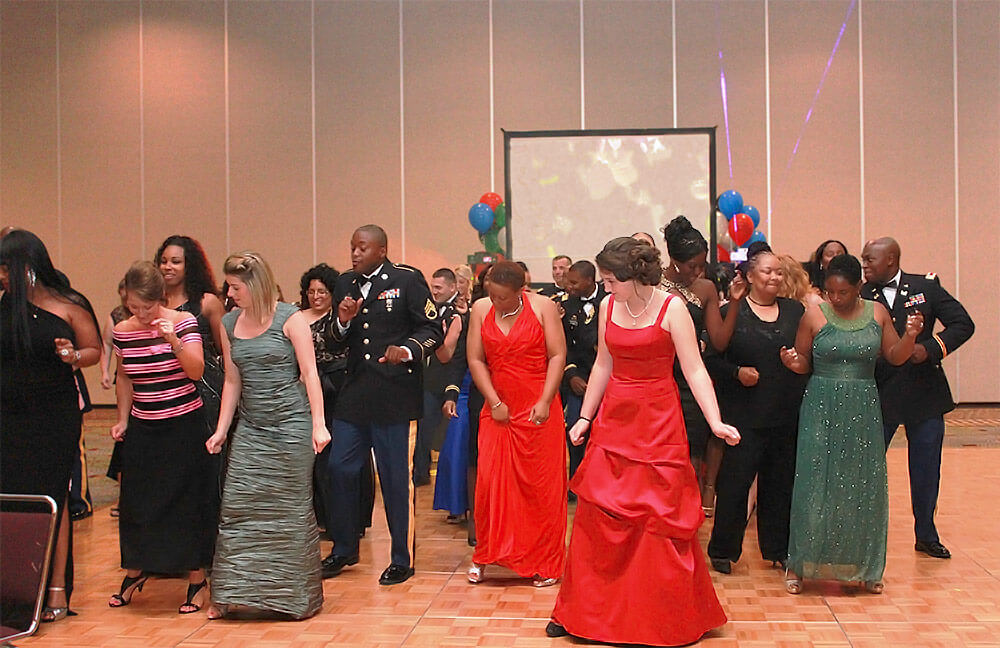The tips below may serve as a guide to help avoid those preventable outcomes, as Citizen-Soldier continues its safety series with earthquake safety.
Every year millions of people are affected by natural disasters and accidents. While Army National Guard Soldiers are most often at the forefront of the first responders working to save and protect individuals, National Guard members and Families are also susceptible to these same disasters and accidents. Some of the unfortunate outcomes from such events are unavoidable, but some can be prevented.
An earthquake is the rapid shaking of the earth, which is caused by the breaking and shifting of underground rock. Earthquakes can happen anywhere, without warning, and can cause other disasters like tsunamis, landslides and avalanches. The movement can damage buildings and make them collapse, damage roads and even cause fires. Most of the injuries and deaths in an earthquake are actually caused by falling items in and on buildings. Before you experience an earthquake, discuss safety with your Family and protect them by preparing your home.
Start thinking about earthquakes now and discuss with your Family what to do during an earthquake. Talking ahead of time can help reduce stress during an emergency. You should develop a plan that details a safe place in each room of your house, and even at your workplace or school. Safe places should have cover, like under a piece of furniture, and should be away from windows, bookcases or any tall furniture that could fall and injure you. Emergency experts recommend “Drop, Cover and Hold On” as the steps to take during an earthquake, so practice them with your Family.
- Drop where you are, onto your hands and knees. Staying low protects you from being knocked down, but you can also crawl if needed.
- Cover your head and neck with one arm and hand. Crawl to shelter, either underneath a sturdy piece of furniture, or against an interior wall.
- Hold on until shaking stops—either hold on to the piece of furniture that you are using as shelter, so you can move with it if it shifts; or hold on to your head and neck with both arms and hands if you do not have overhead shelter.
You can prepare your home now by securing heavy items that hang on walls, anchoring top-heavy, freestanding furniture to wall studs, and moving heavy and breakable objects onto low shelves. Heavy wall hangings, like pictures and mirrors, should be moved away from beds, couches and anywhere people sleep or sit. Go through each room of your house and imagine what could injure someone if it fell; for those things that could be dangerous, ensure they can not fall by moving or anchoring them.
If an earthquake occurs, try to remember “Drop, Cover and Hold On.” You should move as little as possible, because many injuries during earthquakes happen from people moving, then falling. Keep your head and torso protected as much as possible. Try to stay inside, but if you smell gas, get out of the building safely and move away. If you are outside when an earthquake hits, find an area away from buildings, power lines, trees and streetlights and drop to the ground.
Earthquakes can cause other disasters, so be prepared for aftershocks, landslides, tsunamis and fires. Fire is the most common danger after an earthquake, so stay observant and put out any small fires. Aftershocks can occur minutes or months after an earthquake; usually, they are smaller in magnitude, but sometimes they can have greater force. If you feel an aftershock, follow “Drop, Cover and Hold On” until it ends. Listen to the news and radio so you know about any disasters that could strike your area. If you are away from home, only return when authorities say it is safe.
Visit the sites below for more information on earthquake safety.
- Ready.gov/earthquakes
- Redcross.org/get-help/how-to-prepare-for-emergencies/types-of-emergencies/earthquake
- gov/media-library-data/1527865427503 bbf6d7e61340e203c4607677cb83a69d/Earthquake_May2018.pdf
Earthquakecountry.org/dropcoverholdon/
By Staff Writer Aryn Kitchell



